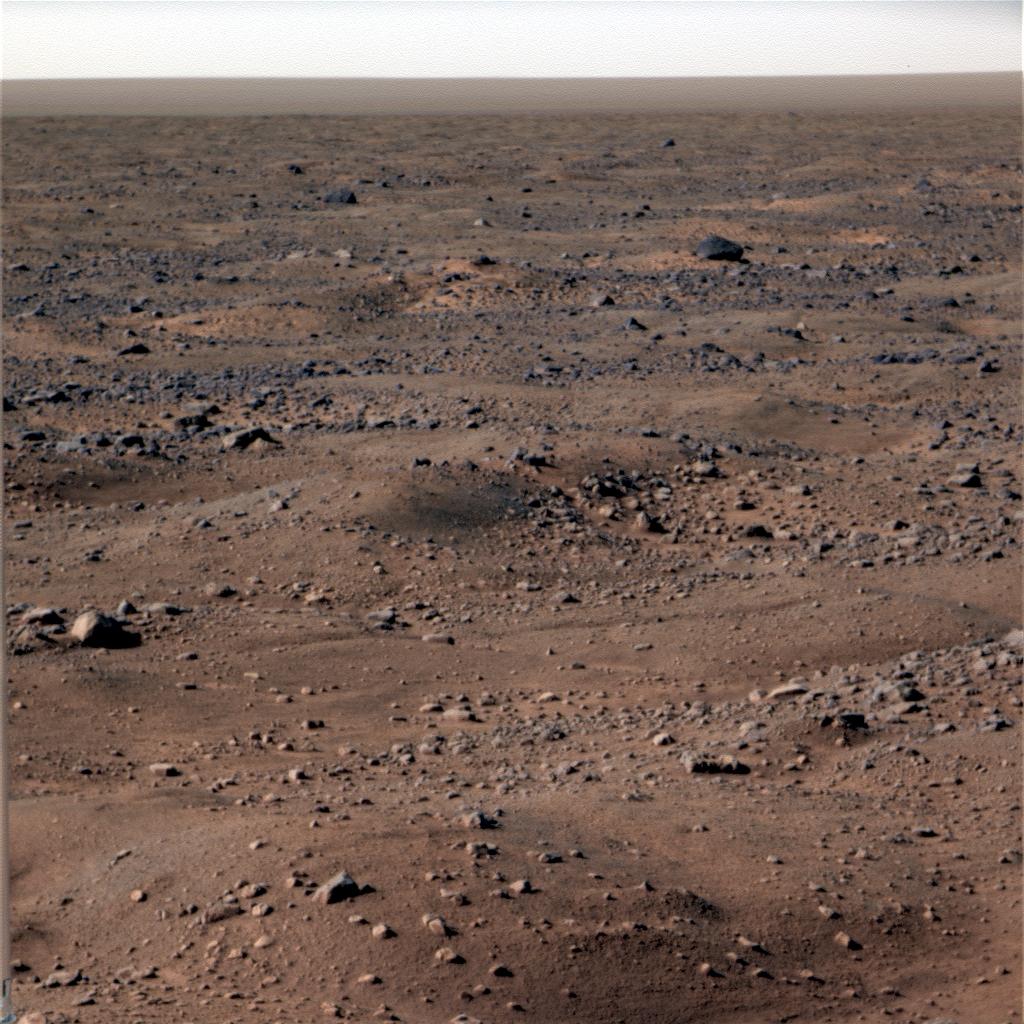Life on Mars—in Hawaii?
-
-
slice.mit.edu
Filed Under
Recommended

MIT AeroAstro graduate Andrzej Stewart SM ’07 has never left Earth—but he’s got a good idea of what living on Mars might be like. As a crew member of the NASA-funded Hawaii Space Exploration Analog and Simulation (HI-SEAS) IV, Stewart spent 366 days living in a simulated Mars habitat on the slopes of the Mauna Loa volcanic mountain in Hawaii. “You dream about going into space and it’s this novel great thing,” he remembers. “Very quickly it turns into your normal life.”
An aerospace engineer and aspiring astronaut, Stewart applied to be part of HI-SEAS IV—the longest-ever American space travel simulation—to support space research and learn more about his dream profession. “I wanted to assist NASA science and understand the psychology of space missions,” he says. “But I also wanted to know what it was like to be an astronaut.”
Beginning in August 2015, Stewart and the HI-SEAS IV crew lived in an isolated 1,200-square-foot dome in a location chosen for its topographical similarities to Mars. The research goal of HI-SEAS IV was to learn more about social cohesiveness and team performance over time. Each day, the crew was required to complete emotional and cognitive experiments and geographical fieldwork while collecting exhaustive data—from meals eaten to hours slept—to help inform team building and crew support needs for future trips to Mars.
Life in the dome and on simulated Mars soon became routine, Stewarts says, but keeping in touch with the world outside of the dome was a challenge. “It was very difficult to contact people and maintain connections,” he says. To account for transmission time to Mars, all communication to the outside world and Mission Support was done through email with a 20-minute delay. “You get an appreciation of how much power and how much meaning there is in an ordinary real-time conversation,” Stewart says.
Despite the challenges, Stewart—who had previously worked on a two-week space travel simulation—was never tempted to leave the dome. “I would have dreams about the outside world and wake up panicked that I wasn’t in the dome,” he says. “I was more comfortable in isolation than I thought I would be.”
When Stewart successfully completed the HI-SEAS IV mission in August 2016, he and the crew had to acclimate again to “life on Earth,” just as they would have had they actually traveled to Mars.
“Once you leave the limits of the dome, you realize just how much information is coming at you in the outside world at every moment,” Stewart says. He remembers when he saw traffic lights moving in the wind after leaving the dome. “We had wind when we were on the mountain, but rocks don’t sway in the wind, so all of a sudden there was movement everywhere, and it was like sensory overload.”
Looking back on the experiment, Stewart says his time in the dome left him feeling mentally prepared for a space mission and reaffirmed his astronaut aspirations. But if that space trip never materializes for him, he’s OK with that. “Being an astronaut is really competitive—there’s no guarantee that I’ll ever get to be one,” he says. “But if I don’t get to do that, I’ve done the next best thing.”







